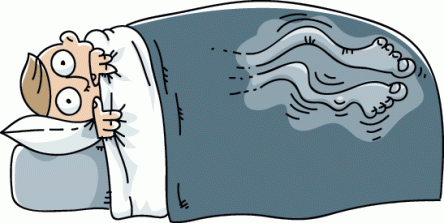
Image source: livescience.com
People who want to smoke but without the tar or smell turn to electronic cigarettes or e-cigarettes. Dubbed as the “future of smoking,” the battery-powered vaporizers simulate the feeling of smoking but without burning tobacco. Instead of cigarette smoke, the user inhales an aerosol.
Although there are no official statistics as to how many Americans use e-cigarettes, market observers agree that more people are trying these devices out. In fact, interest in these devices is highest among young adults.
But with the growing popularity of e-cigarettes come health issues. Despite being marketed as an alternative to smoking, e-cigarette safety concerns grow as several studies found some of the chemicals used unsafe to inhale.
And the latest research to join this growing body of literature is that from Harvard T.H. Chan School of Public Health. The researchers wanted to find out if flavored e-cigarettes, which are very popular especially among the youth, contain the chemical diacetyl. After testing 51 types of flavored e-cigarettes sold by leading brands, researchers found diacetyl in more than 75 percent of the e-cigarettes and refill liquids.

Image source: nytimes.com
Previous reports have shown the link between diacetyl and severe cases of respiratory disease. In fact, both the Occupational Safety and Health Administration and the flavoring industry have issued warnings about the chemical, which was associated with the debilitating respiratory disease bronchiolitis obliterans, or “Popcorn Lung” for it was first observed in workers who inhaled artificial butter flavor in microwave popcorn processing facilities. Meanwhile, the researchers also found two other potentially harmful compounds, 2,3-pentanedione and acetoin, in many of the tested flavors.
Researchers recommend urgent action to evaluate further the impact of diacetyl exposure via flavored e-cigarettes. Most of the studies on e-cigarettes today focused on nicotine while the effects of flavoring chemicals have been ignored.
Keep track of the latest studies on respiratory health by following this Dr. Lisa Marie Cannon Twitter account.

